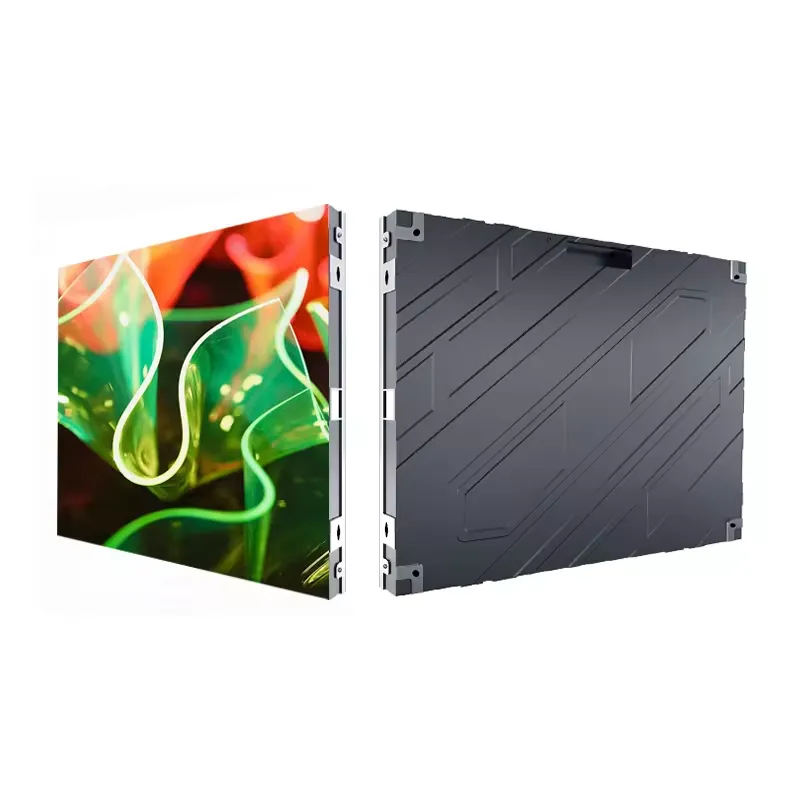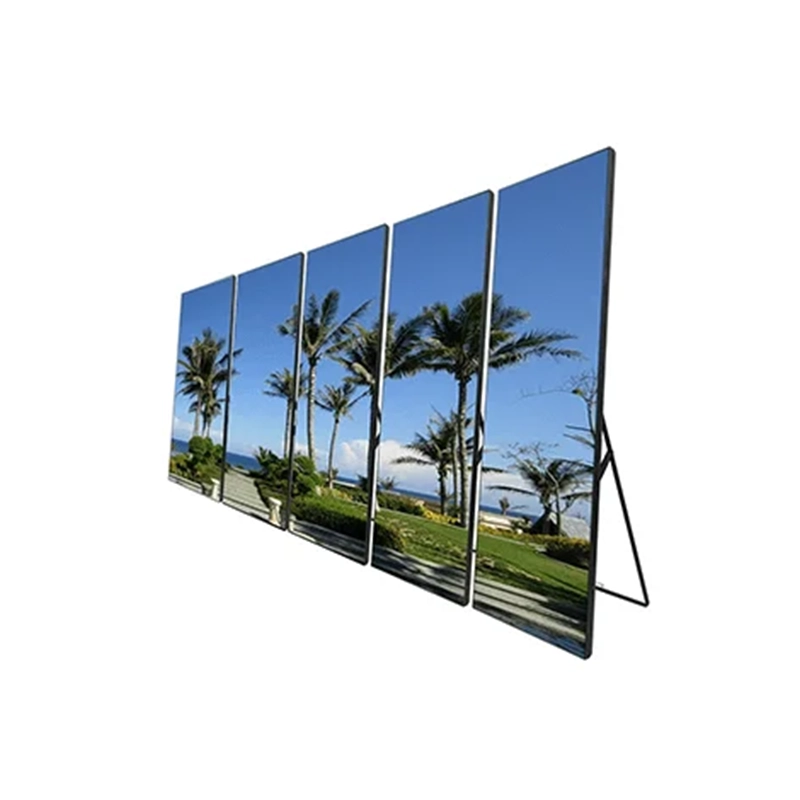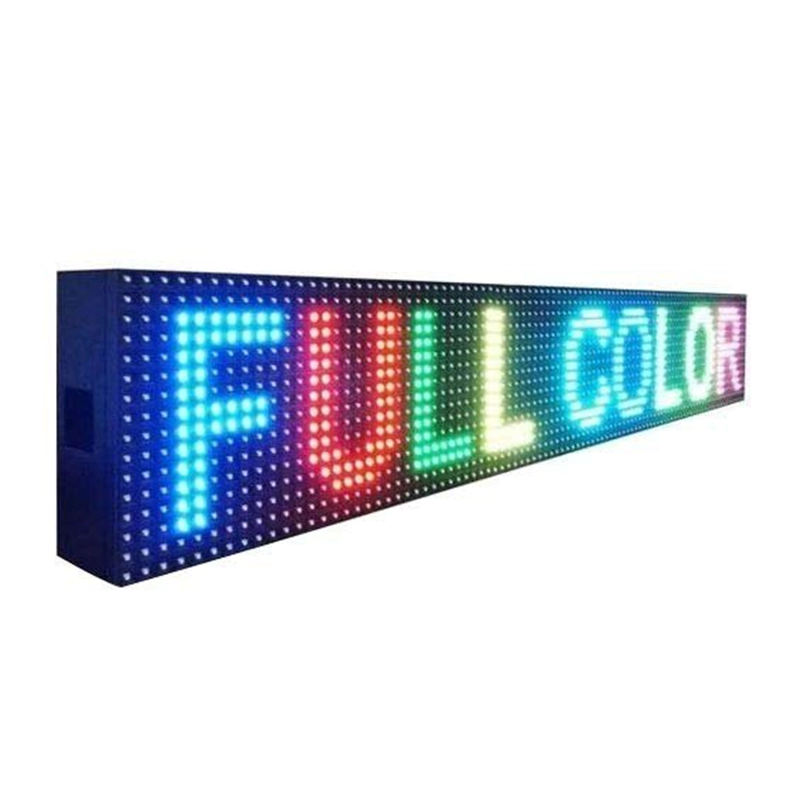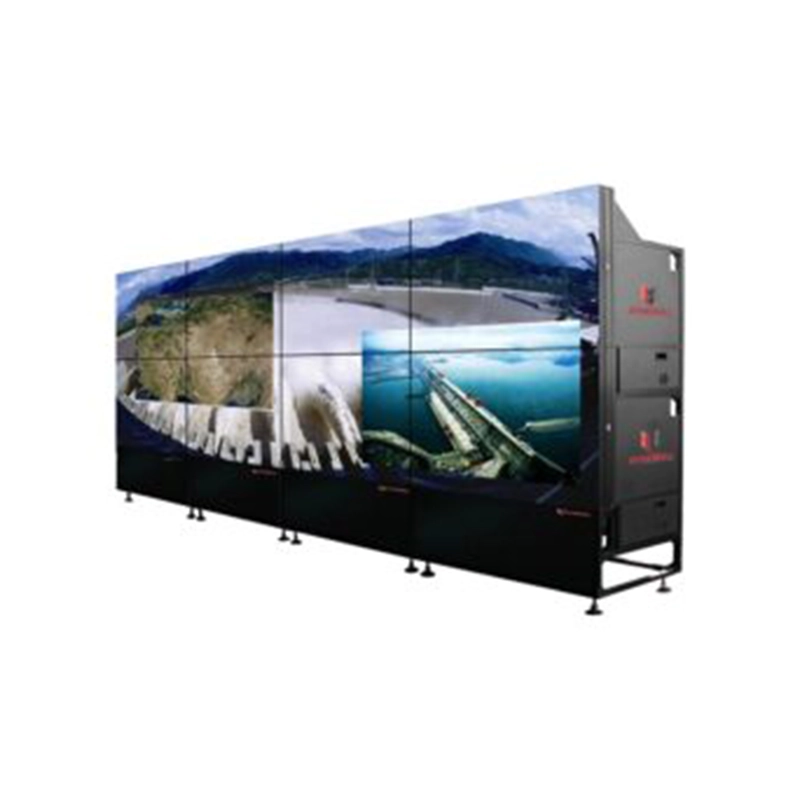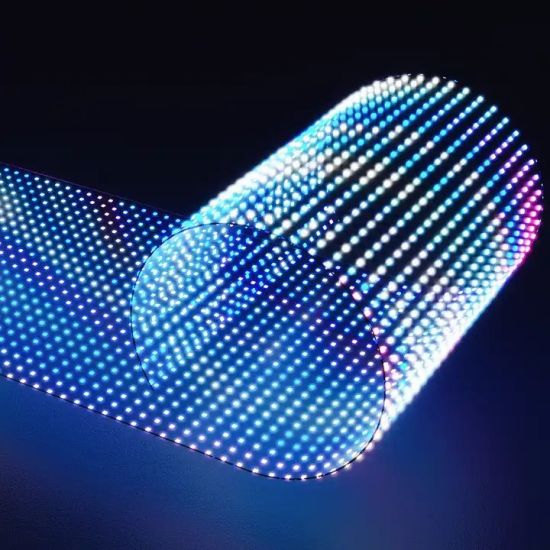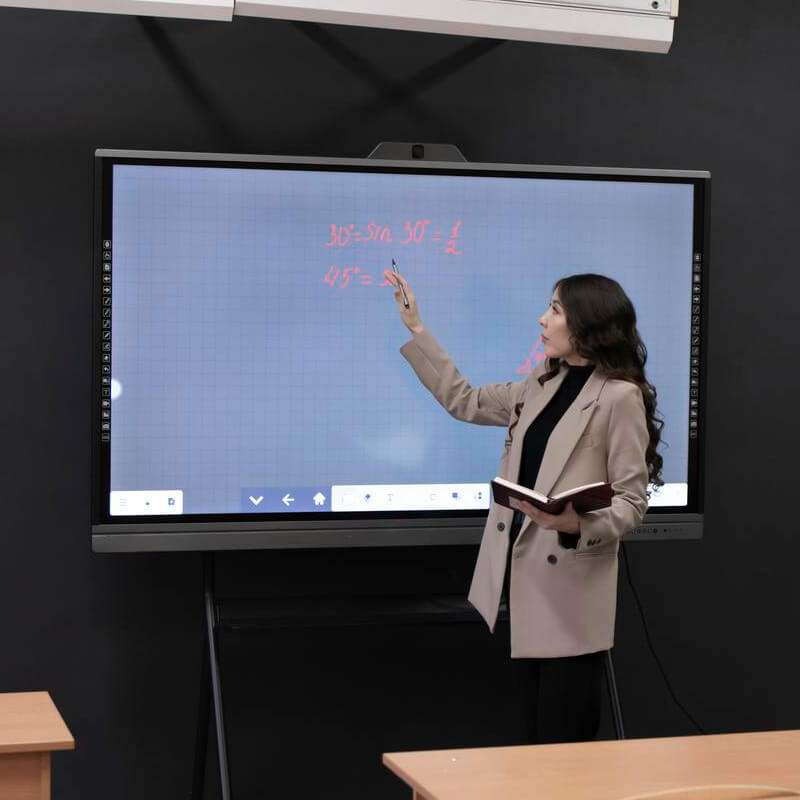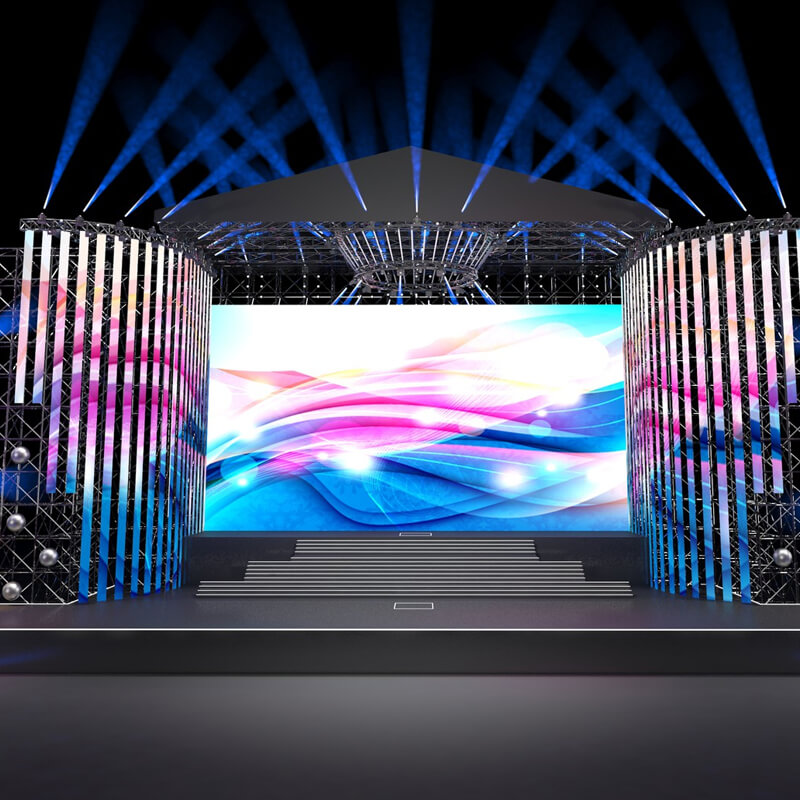INTRODUCTION
LED screens are a popular choice for digital displays, ranging from outdoor billboards to indoor event stages. While the LED modules themselves form the visible display, it’s the processor behind the scenes that ensures everything runs smoothly. Often referred to as a video processor or LED controller, this device is essential for managing input signals, converting formats, and optimizing visual output. Let’s explore what a processor does and why it’s so crucial for LED screen performance.
Key Functions of an LED Processor
One of the main roles of a processor is scaling—adjusting the input resolution to match the LED screen’s native resolution. Without proper scaling, content might appear stretched, pixelated, or distorted. Another critical function is color and brightness management, which helps maintain uniformity across the entire display.
Additionally, many processors support multiple input sources and allow for seamless switching between them. This is particularly useful in live events or digital signage applications, where different types of content may need to be displayed one after the other.
Why a Quality Processor Matters
Using a high-quality processor can significantly enhance the performance and appearance of an LED screen. Poor signal processing can lead to latency, flickering, or frame loss, which may affect viewer experience. On the other hand, a good processor ensures crisp visuals, accurate color representation, and smooth transitions, especially in live event environments where performance is critical.
Conclusion
In any LED display setup, the processor is the hidden engine powering the visual experience. It not only translates digital signals into usable formats but also enhances the display through smart scaling and image optimization. Whether you’re running an advertising board or managing a concert stage, investing in a reliable LED screen processor is essential for delivering high-quality visuals and maximizing screen potential.

